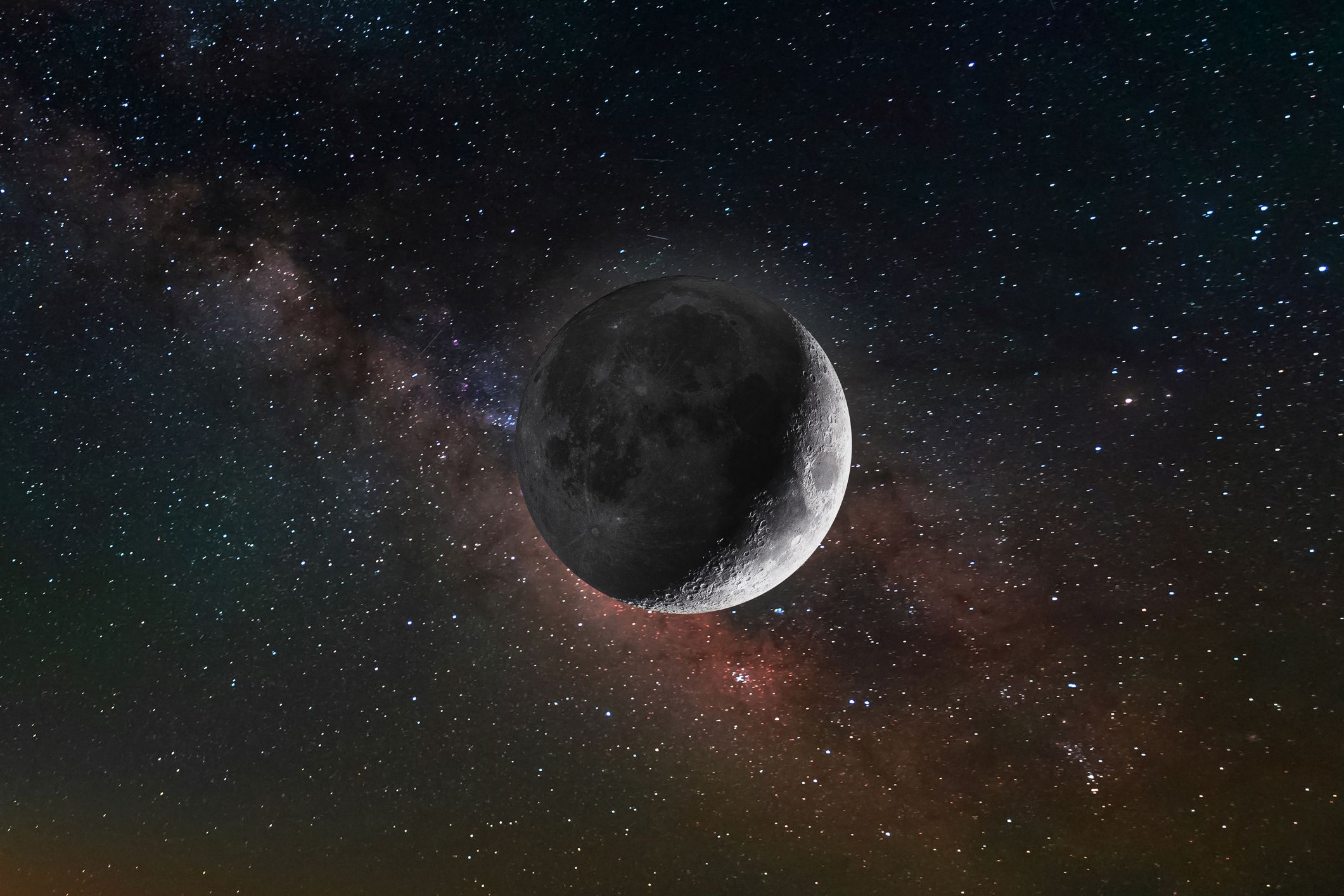Welcome to DU!
The truly grassroots left-of-center political community where regular people, not algorithms, drive the discussions and set the standards.
Join the community:
Create a free account
Support DU (and get rid of ads!):
Become a Star Member
Latest Breaking News
Editorials & Other Articles
General Discussion
The DU Lounge
All Forums
Issue Forums
Culture Forums
Alliance Forums
Region Forums
Support Forums
Help & Search
Science
Related: About this forumA Wild Discovery Suggests Earth Had Multiple Hidden Moons
Our planet’s primordial past was so much more complex than we thought.
By Darren Orf
Published: Aug 05, 2024 9:00 AM EDT

illuminated moon and the milky way
George Pachantouris//Getty Images
- Most scientists agree that a major collision 4.5 billion years ago with a protoplanet named Theia formed the Earth-Moon system.
- Now, a new study from the University of Nevada argues that, out of the chaos of that collision, polar circumbinary “moons” might’ve existed in the early days of that Earth-Moon system.
- While the changing conditions of the Earth-Moon system no longer make this possible, this finding could have a big impact for astronomers studying exoplanets—some that maybe even mimic Earth's early conditions.
Some 4.5 billion years ago, when Earth was only 100 million years old or so, a Mars-sized protoplanet named Theia smashed into our planet, ejecting loads that eventually returned to the Earth’s surface, formed the Moon, or left the newly-formed Earth-Moon system entirely.
Piecing together this dramatic smash-up hasn’t been easy, but evidence of possible remnants of Theia within the Earth’s mantle and the analysis of lunar rocks have collectively confirmed as much. Now, a new study from scientists at the University of Nevada is adding some complexity to this immensely chaotic moment in Earth’s history by suggesting that, for a brief time, the Earth-Moon system played host to a variety of polar moons—also known as circumbinary particles. However, these “moons” were only possible due to the close proximity of the Moon to Earth right after the planet’s collision with Theia. The results of this study have been uploaded to the non-peer reviewed preprint server arXiv.
“Circumbinary orbits that are polar or highly inclined to the Earth-Moon orbit are subject to two competing effects: nodal precession about the Earth-Moon eccentricity vector and Kozai-Lidov oscillations of eccentricity and inclination driven by the Sun,” the paper reads. “While we find that there are no stable polar orbits around the Earth-Moon orbit with the current day semi-major axis, polar orbits were stable immediately after the formation of the Moon, at the time when there was a lot of debris around the system.”
Nodal precession means that particles in orbit around the Earth-Moon system slowly ‘precess’ (a slow, continuous change in a body’s orbital parameters) around the angular moment vector. Kozai-Lidov oscillations, on the other hand, largely pertain to a dynamical phenomenon involving a binary system and the perturbations introduced by a distant third body.
More:
https://www.popularmechanics.com/space/moon-mars/a61765280/earth-hidden-polar-moons-theia-collision/
1 replies
 = new reply since forum marked as read
Highlight:
NoneDon't highlight anything
5 newestHighlight 5 most recent replies
= new reply since forum marked as read
Highlight:
NoneDon't highlight anything
5 newestHighlight 5 most recent replies
A Wild Discovery Suggests Earth Had Multiple Hidden Moons (Original Post)
Judi Lynn
Aug 2024
OP
GreenWave
(9,927 posts)1. We had a few dozen sister stars back then in the constellation.
Things were packed.